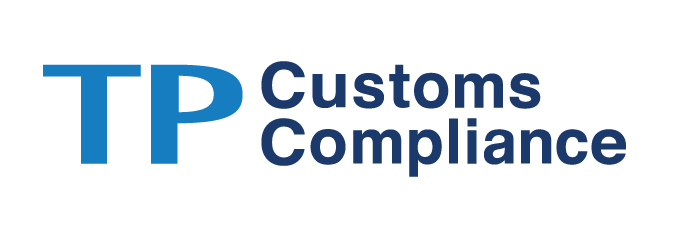By – Hector Torres
Estate planning in family businesses should be a matter of major relevance. It is not uncommon to find stories of families whose businesses are led by the father or grandfather, and on whom a significant number of families depended, only to find that upon the death of the leader, the conflict takes over, both for the control of the business and for the distribution of assets.
Taking into consideration the recent changes approved by Congress and the miscellaneous laws that may compromise the assets of the family business due to situations that may escape their control, it would be appropriate to take advantage of the tools that the Mexican legislation provides us to be able to implement a plan that minimizes risks and ensures, to the extent possible, a peaceful and successful testate succession.
Among other existing mechanisms for a testamentary or estate procedure, the trust is a very useful and versatile instrument, both because of the tax advantages it presents and how moldable it is in its drafting and structuring.
In accordance with article 381 of the General Law of Negotiable Instrument and Credit Operations (LGTOC), the trust is an agreement whereby a party called a trustor conveys to a financial institution (called trustee or fiduciary) the ownership of one or more goods or rights to be destined for lawful, determined and possible purposes, in accordance with instructions received by the latter from the trustor.
Adjusting it to the testamentary or estate proceedings trust, the main characteristics of the said agreement would be as follows:
Trustor
It is the person who transfers or transmits the ownership of their assets so that they are transmitted or administered after his/her death to their successors without the need for a rigorous testacy proceeding to be carried out (whether such be carried out before a notary public or in court). While the trustor is alive, he always holds the essential right to modify the terms of said trust while maintaining control of the assets contributed.
Fiduciary or Trustee
It is the financial institution that owns the rights or properties that the trustor transmits to it for a lawful and determined purpose. In the case of a Testamentary Trust, the purposes are materialized post mortem, that is, once the trustor has passed away, the conditions established for said trust to enter into operation occur.
Beneficiaries or Trustees
Are the people (heirs) who receive the benefits, that is, the rights established in the Trust Agreement, upon the death of the trustor.
It should be noted that while the trustor is alive, said trustor is the first beneficiary, leaving its heirs (or those who are designated by the trustor) in the second place. Upon the death of the trustor or beneficiary in the first place, its relatives (or heirs as they are designated in such agreement) take up the position of first beneficiaries.
Technical Committee
The Technical Committee is the board consisting of people who are the persons who make the decisions regarding the directions of the trust, investments, resource application, destination of the assets of the trust and other goals that are expressed within the purposes of the trust. Commonly the position is held and chaired by the trustor in life, and upon its death, heirs or those who have been designated as trustees or beneficiaries of the trust shall exercise.
The purpose of the Testamentary Trust is that the assets contributed in the Trust, pass to the control of the beneficiaries or trustees without the need to carry out the probate procedure, governed by the Technical Committee that decides, within the purposes of the Trust, and manage the assets or resources that form part of the trust assets.
From the Trust Assets.
At the time of incorporating the Trust, the trustor provides the assets that will form the trust estate. The assets contributed can be all kinds of real properties, movable and in cash (money, investments, etc.)
Conclusions
In the patrimonial scope, the Testamentary Trust can be a useful tool to avoid the cumbersome testacy proceeding and to minimize the risks of a conflict between heirs upon the death of the trustor. Likewise, with the recent tax reforms and with the entry into force of the Domain Extinction Law, it is appropriate to analyze the suitability of using this type of legal tools in estate planning, to minimize the risk or exposure to confiscation of goods by the tax authorities, in the abusive exercise of acts of authority.
It is also worth exploring the tax advantages that this type of trust can present in its instrumentation that will be addressed separately in another release.
Our specialists look forward to answering any questions you may have regarding Testamentary Trust, in addition to resolving any issue that may arise.
Leobardo Tenorio-Malof | ltenorio@tplegal.net
Héctor Torres-López | htorres@tplegal.net
Alejandro Pedrín | apedrin@tplegal.net
Mauricio Tortolero | mtortolero@tplegal.net
Daniel Gancz-Kahan | dgancz@tplegal.net
Alejandro Ceballos | aceballos@tplegal.net



